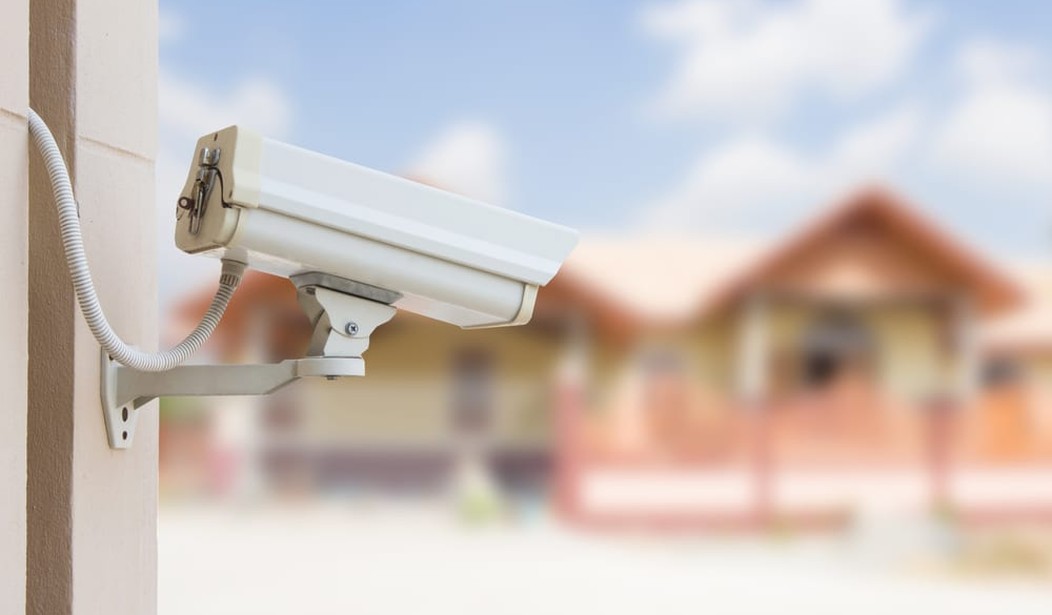Can a WiFi-connected video camera replace a professional security system? That’s a question many are asking based on the claims of these new devices. The home security business is full of solutions varying from motion-detecting cameras — such as those from Nest, Netgear, and Canary — to professionally installed systems with intrusion sensors on the windows and doors.
Professional systems, the type available from ADT, Honeywell, and local alarm companies, use a wall-mounted control panel to monitor the sensors. When such a system detects an intrusion, it calls a monitoring company, which notifies you or the police. They cost $1000 to $2000 for the hardware and installation, and about $40 per month for the monitoring. Of course, the cost depends on how elaborate a system you want and how large your home is. Some alarm companies require a yearly contract that can’t be cancelled, and use equipment that can’t be transferred to another alarm company.
I’ve been using such a system for a decade, but as my renewal came up, $480 for a year of monitoring, I wondered if one of the new video cameras might offer a lower-cost alternative with equivalent protection.
My system has worked well, but it requires maintenance, costing about $150/year to replace defective sensors and replace batteries. On occasion, my home was left unprotected for several days while waiting for the repair tech to show up.
Over the past year, I’ve been using a Canary video camera with motion detection that’s one of the more successful “Internet of Things” devices. It began as a crowdfunding project, raising $2 million on Indiegogo, and is now being sold in 140 countries.
I’ve used the Canary to occasionally check my home when traveling. The high-def 1080p video camera with a wide-angle lens continuously records video and audio and sends it to the cloud, keeping the most recent 24 hours’ worth. It’s about the size of a large water glass and has a well-designed phone app.
When it detects motion, it sends an alert to the phone. I can then open the app and see a video replay of what caused the alert, and see a live view and listen to audio. There are buttons on the app to call the police and set off a loud alarm.
It’s reliably alerted me when others have entered the room while I was away from home. Unlike other products I’ve tried, it’s never lost connection with my WiFi. It automatically detects my return and turns off notifications, and can optionally turn off the camera. Of course, that means your alarm is not protecting you when at home, such as throughout the night. The company claims your privacy is well-protected with its certified network encryption, and that no one will have access to your video.
I spoke with Adam Sager, founder and CEO of Canary, to ask him to compare his solution with a professional alarm system. As you might expect, he made a strong case for replacing my conventional system with several of his devices, which include both indoor and outdoor models.
Each cost $199, less if bought as a multi-unit bundle, and he said 3 units would be adequate for most homes. The cameras are positioned to monitor areas of your home that include hallways, rooms and entrances that an intruder would need to pass through.
The benefits of his system, he explained, are simplicity and better security. Installation takes a few minutes. Once the Canary units are set up, they can be ignored; they activate whenever you leave the house — or more precisely, when your phone leaves. There are no monthly charges, although if you want to save videos in the cloud for longer than 24 hours, you can pay $10/month for one camera and $15 for three.
But better security?
Sager pointed out that there will no longer be false alarms, which are usually caused by faulty sensors. In some locations, a false alarm that brings the police can result in a penalty payment. Sager noted that 99% of the alarms that occur with conventional systems are false alarms, leading to two-thirds of them not being used.
With the Canary system, the owner does the monitoring. Once they get a notification, they can check the video on the app and decide if there’s an intruder, and can call the police or set off a loud alarm. Self-monitoring works, of course, only when there’s cellular service.
The other advantage of the Canary system is you can monitor your home when workmen or babysitters are there, and you can check on your pet.
Unlike a hard-wired professional system, the Canary is plugged into an outlet. What happens if an intruder breaks in and immediately unplugs or disables the camera? That’s happened to customers, Sager said — but in each case, the camera captured video footage that identified the intruder. There’s also a backup battery.
With motion detectors, there’s still the possibility of false alerts, although I’ve never experienced any. Canary uses artificial intelligence, including face detection, that will allow users to distinguish individuals and filter out motion caused by wind or pets. Motion sensitivity is also user-adjustable from the app.
While both the Canary and a professional system can detect an intruder, albeit using totally different methods, the pro system has another major advantage in addition to being able to work while you’re asleep. It’s able to monitor your home with the addition of wireless smoke detectors, which often come with the pro systems.
The Canary monitors the room’s temperature, humidity, and air quality, but that’s not nearly as useful.
I’ve found the Canary to be an excellent product, but I’m not quite ready to discard my pro alarm system. I’m going to continue to use both systems while adding two more Canary cameras, and will see how the two systems compare over the next few months.
However, if I were beginning from scratch or was renting, I’d likely start out with a Canary or one of its competitors before attempting a major installation of a conventional alarm system. Video monitoring using an app offers a good alternative to more expensive systems for the times you’re away from home.









Join the conversation as a VIP Member